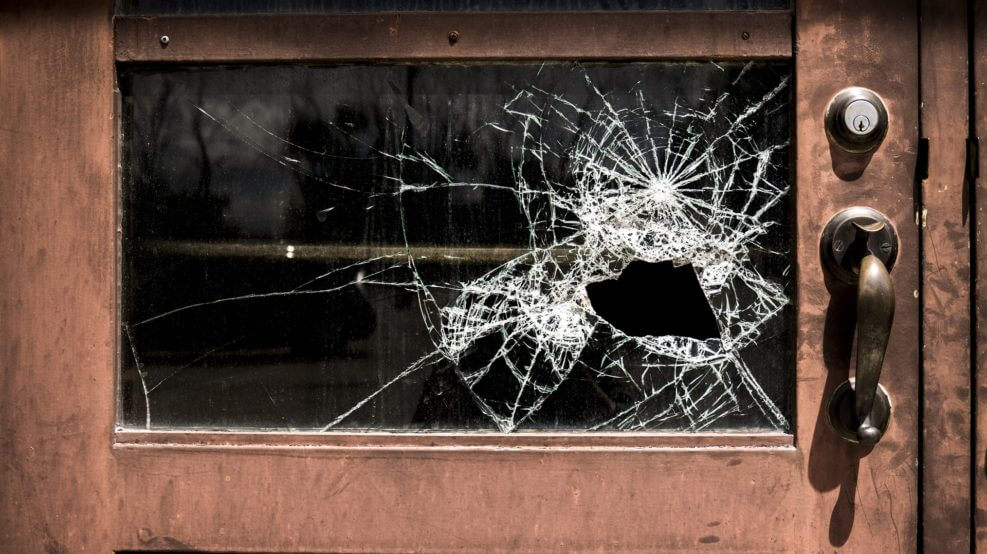
School Security—No Easy Answers
As the Parkland, Florida school massacre shows us, trying to prevent school shootings and other violence on campuses is a tremendous challenge. Until elected officials make strides on gun safety and mental health issues, the bottom line is that schools are pretty much on their own to find ways to keep their students safe.
Counseling. Students who commit violent acts are typically loners who are angry at life and lack the mechanisms to deal with their emotional issues. Counseling troubled kids at school and privately is probably the best use of resources to stop violent school acts. Unfortunately, not all kids can be reached and not all school shooting perpetrators are currently enrolled.
Security. Basic security precautions should be taken at every school.
–Fencing around the perimeter. An open campus without perimeter fencing invites vandalism, theft and worse.
–Check-in requirement. There should be only one check-in location (normally the school office) during school hours. During morning drop-off and afternoon dismissal, open gates should be monitored by trained school staff.
–Preparing youngsters, teachers and staff. Regular safety drills and staff/teacher training should be part of the emergency preparedness programs in all schools.
–Security guards on campus. School districts should invest in at least one security guard per school—more for larger campuses. School security can make a difference. Two days after the Florida shooting, a school guard overheard threats made by a student at El Camino High School in Whittier. Police were alerted and searched the student’s house. They found two AR-15 rifles, two handguns and about 90 rifle magazines each able to hold 30 rounds. The student is now in custody.






Leave a Comment